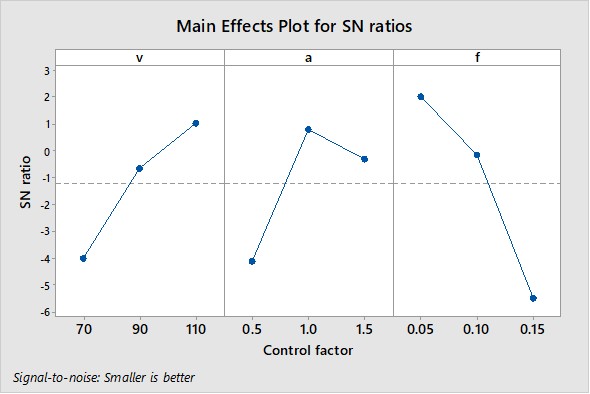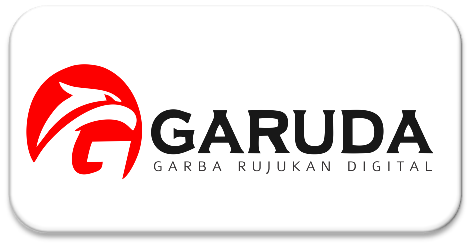Optimization of CNC Turning Parameters Using Taguchi Method
Abstract
The surface roughness quality of machining product plays important role when it contacted with other machine components. That quality depends on several parameters setting, such as material, cutting tool, cutting condition and operator skill. The aim of this study is to obtain the optimum setting of turning parameters by using Taguchi method. Three control factors: cutting speed, depth of cut, and feeding at three different levels are selected. A series CNC turning process on AISI 1045 material were performed using L9 (3)3 orthogonal array with cutting fluid. Insert carbide cutting tool is used in the experiment. In order to reveal the optimum machining parameter, smaller the better is quality characteristic selected for surface roughness examination of workpiece. Analysis of experiment results revealed that higher cutting speed, low feed, low depth of cut respectively, provides fine surface quality of machined workpiece. Moreover, feed f parameter was found most influence to the surface rougness quality with 53.73% contribution, cutting speed v provides 23.28% contribution, and depth of cut a provides 17.87% contribution. Confirmation experiment shows that level 3 of cutting speed, level 2 of cutting depth, and level 1 of feed deliver smoothest machined surface of Ra 0,46 µm.
References
VD Patel, AH Gandhi. Analysis and Modelling of Surface Roughness Based on Cutting Parameters and Tool Nose Tadius in Turning of AISI D2 Steel Using CBN Tool, Measurement 2019; 138: 34-38.
Palanikumar K, Mata F, Davim JP. Analysis of Surface Roughness Parameter in Turning of FRP Tubes by PCD Tool. Journal of Materials Processing Technology 2008; 205: 469-474.
Fratila D, Caizar C. Application of Taguchi Method to Selection of Optimal Lubrication and Cutting Condition in Face Milling of AlMg3. Journal of Cleaner Production 2011; 19: 640-645.
Asilturk I, Akkus H. Determining the Effect of Cutting Parameters on Surface Roughness in Hard Turning Using the Taguchi Method. Measurement 2011; 44: 1697-1704.
Syahri B, Prasetya F, Refdinal R, et al. Effect of cutting speed on milling process on surface roughness of ST-37 steel material workpiece. Invotek 2021; 21: 19-26.
Kosaraju S, Chandraker S. Taguchi Analysis on Cutting Force and Surface Roughness in Turning MDN350 Steel. Materials Today: Proceedings 2 2015; 3388-3393.
Masmiati N, Ahmed AD, Sarhan. Optimizing Cutting Parameters in Inclined End Milling for Minimum Surface Residual Stress – Taguchi Approach. Measurement 2015; 60: 267-275.
Mandal N, Doloi B, Mondal B, Das R. Optimization of Flank Wear Using Zirconia Taoughned Alumina (ZTA) Cutting Tool: Taguchi Method and Regression Analysis. Measurement 2011; 44: 2149-2155.
Das MK, Kumar K, et.al. Optimization of Material Removal Rate in EDM Using Taguchi Method. Advanced Materials Research 2013; 626: 270-274.
Baharudin BTHT, et al. Experimental Investigation of HSS Face Milling to AL6061 using Taguchi Method. Procedia Engineering 2012; 50: 933-941
Yang K, El-Haik B. Design for Six Sigma: A Roadmap for Product Development. McGraw-Hill 2003, USA, 2003.

Copyright (c) 2021 Rifelino Rifelino (Author)

This work is licensed under a Creative Commons Attribution 4.0 International License.






